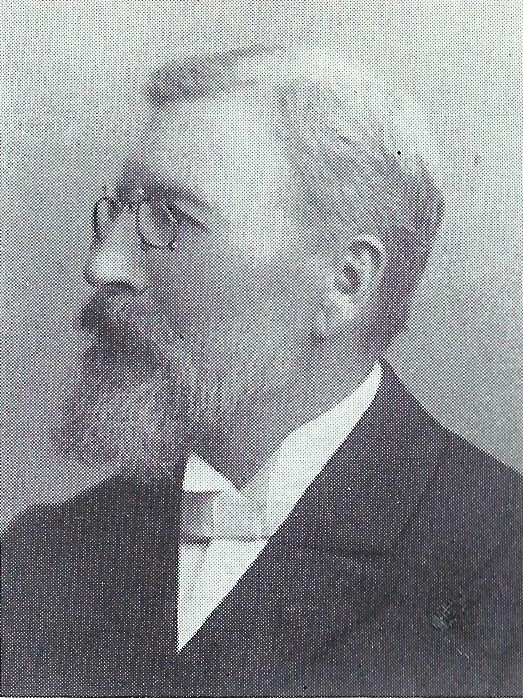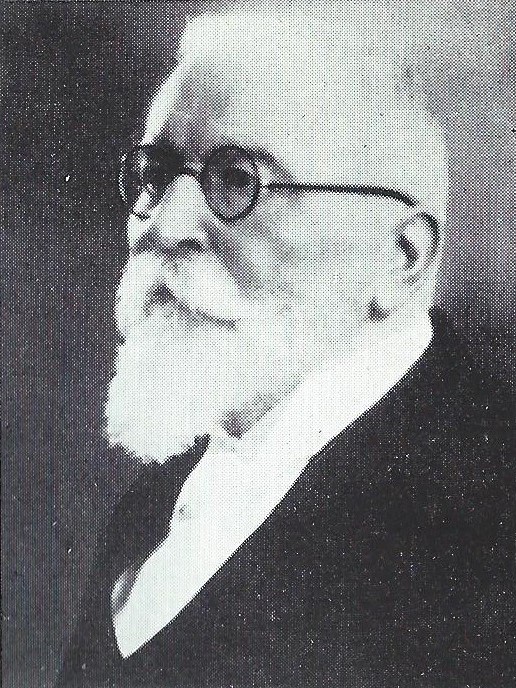Director’s Hut
Who is in charge at the Hospice Central? This street, running on both sides of the river Alzette, was home to several leading figures linked to the Hospice, respectively the Maison de Santé, as it was called from 1901 on.

The institution’s director used to be accomodated in the Avenue des Alliés, opposite the former caserns and the Centre Pontalize. When the Hospice Central was created in 1855, Claude Müller would become the first director, although he was not a doctor himself, but a tax collector in Diekirch and Honorary Inspector in the service of public benefit (service de bienfaisance publique). According to the provisional official regulations of 1855 confirmed in 1856 (BUFFET, pp. 138-141), Müller was supposed to ensure the maintenance of order in ‘his’ Hospice. He was meant to receive incoming people and, while on his regular visits to the Hospice, he would carry out an inspection of the rooms and of the equipment. In his reports, he would mention adjustments that he considered necessary to ensure the proper functioning of the institution. However, as Yves De Smet pointed out (DE SMET, p. 54), the director seems to have been subordinated to a General Administration (Administration générale). Moreover, the Hospice Central was but a section of the beggars’ home (dépôt de mendicité) in the capital. As such, it was not only hosting the “mentally ill” (aliénés), but also beggars, handicapped people, orphans and teenage mothers; only “calm” aliénés would be accepted at the beginning.

Dr Ernest Stumper, doctor-director (médecin-directeur) of the Maison de Santé (the former Hospice Central) from 1946 to 1958, wrote in 1955 that the Hospice was “created […] ex nihilo” (STUMPER, p. 12): Considering that it was built in a former military casern, it is hardly surprising that the first director had a lot of work to do! Before the opening of the Hospice, he would carry out inspections of the buildings, and much need for adjustment would he find! Even as late as 1867, when the first aliénés were evacuated from the Refuge des aliénés in Pfaffenthal (Luxembourg City) that had been destroyed by fire, he would complain, given the size of the windows, that “we would need quite well-behaved insane people if we were to host them in these rooms” (STUMPER, p. 15). According to Dr Stumper, Müller had a job that was only gradually evolving (STUMPER, p. 24).

In 1883, after Müller’s death, Adolphe Buffet would become the first médecin-directeur. According to his own words, that was the moment when “the institution’s administrative and medical tasks were reunited in the same two hands” (BUFFET, p. 134). The Buffet family house was situated on the other side of the river Alzette, in the Grand-Rue near the Place Marie-Thérèse. (Another resident of this street, Pierre Schmit, was the Hospice’s first doctor and former mayor of Ettelbruck.) Like his predecessor Müller, Buffet would plead for further adjustments especially in favour of the aliénés, for whom the Hospice was to be reserved (great parts of his 1889 monograph were dedicated to changes he wished for).

In 1904, his younger brother, Lucien, would become the next médecin-directeur of the Hospice Central (Maison de Santé, since 1901); together, they served as successive doctor-directors from 1883 until 1929 – that was a proper ‘dynasty’ of doctors!
